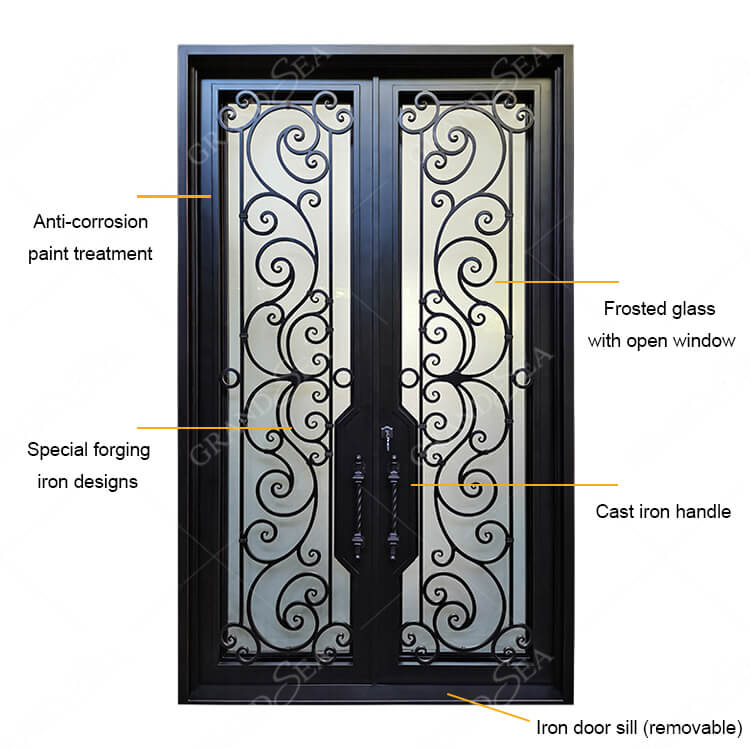About Wrought Iron Specification
Wrought iron is characterized by its low carbon content, typically less than 0.08%, and high purity. It boasts a fibrous and grainy texture, resulting from its handcrafted forging process. This material is known for its durability, malleability, and resistance to rust, making it ideal for ornamental and practical applications in construction and artistry.

- Wrought iron typically contains less than 0.08% carbon, distinguishing it from other iron alloys.
- Its unique fibrous and grainy texture is a hallmark of wrought iron, created through manual forging.
- During production, impurities like sulfur and phosphorus are meticulously removed, resulting in a highly pure material.
- Wrought iron is highly malleable, allowing it to be shaped and forged into intricate designs.
- It exhibits excellent resistance to rust, making it suitable for outdoor applications.
- Wrought iron finds use in various ornamental and structural applications, known for its timeless aesthetic appeal and longevity.